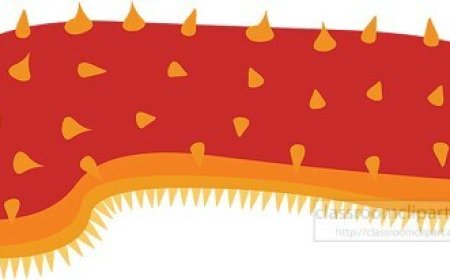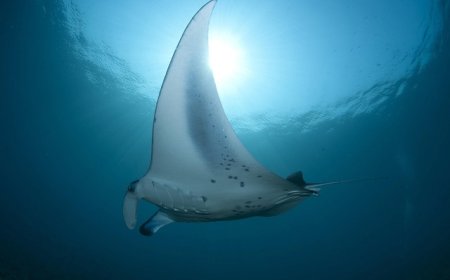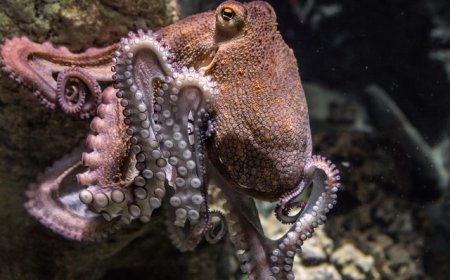Leatherback Sea Turtle Facts for Kids – Ocean Giants
Discover leatherback sea turtles for kids. Learn about their size, diet, and how they survive in the open ocean.
🐢 Leatherback Sea Turtles: Ocean Giants and Jellyfish Hunters
The leatherback sea turtle is the largest turtle in the world, and one of the most incredible reptiles on Earth. These gentle giants can dive deeper, swim farther, and survive in colder water than any other sea turtle. They’re also the only sea turtle without a hard shell!
With their powerful flippers, leathery skin, and love of jellyfish, leatherbacks are true ocean wanderers—but they face serious threats and are now critically endangered in some parts of the world.
🌍 Habitat and Global Range
Leatherbacks are highly migratory and are found in oceans all over the world, including:
- The Atlantic, Pacific, and Indian Oceans
- From the Arctic Circle to the coasts of South America
- In tropical waters for nesting, and cold waters for feeding
Unlike other sea turtles, leatherbacks can survive in cold temperatures thanks to a special layer of fat (blubber) and unique body features.
They travel over 10,000 miles a year—one of the longest migrations of any marine animal.
📏 Size and Body Features
Leatherbacks are the biggest and deepest-diving sea turtles. They can grow up to:
- 7 feet (2 meters) long
- 2,000 pounds (900 kilograms) in weight
Key adaptations include:
- A soft, leathery shell made of tough, rubbery skin and oily connective tissue
- Long front flippers, the largest of any sea turtle, for powerful swimming
- Ridges along the back for stability in deep water
- Thick fat layer for insulation in cold water
- Large lungs for holding breath on deep dives
Leatherbacks can dive over 3,000 feet (900 meters) and stay underwater for up to 85 minutes.
🍴 Diet and Feeding Behavior
Leatherbacks are specialized feeders. They eat almost only:
- Jellyfish
- Other soft-bodied animals, like salps
To help them catch and eat this slippery prey, they have:
- A sharp-edged beak with no teeth
- Spiny throat structures (called papillae) to trap jellyfish
By eating hundreds of jellyfish every day, leatherbacks help control jellyfish populations and keep ocean food webs in balance.
🐣 Nesting and Life Cycle
Leatherbacks nest on tropical beaches in:
- Costa Rica
- Indonesia
- Trinidad and Tobago
- Suriname and parts of Africa
The nesting process:
- Females come ashore at night
- Dig deep nests in the sand
- Lay 50–100 eggs per nest
- Return to sea after nesting
Hatchlings emerge after about 2 months and scramble to the sea. Few survive, but those that do may live 30 to 50 years or more.
Unlike other sea turtles, leatherbacks spend most of their lives in the open ocean.
⚠️ Threats and Conservation
Leatherback turtles are critically endangered in many areas. Major threats include:
- Plastic pollution – mistaken for jellyfish and swallowed
- Fishing gear entanglement – longlines and nets trap turtles
- Coastal development – destroys nesting beaches
- Climate change – affects sand temperature (which determines hatchling sex)
- Illegal egg harvesting and poaching
Because leatherbacks nest on fewer beaches and travel great distances, protecting them is especially challenging.
🛡️ Conservation Efforts
Many conservation programs are working to help leatherbacks survive:
- Marine protected areas near nesting and feeding sites
- Turtle-friendly fishing gear and restrictions
- Beach patrols to protect nests
- Public education campaigns
- Bans on plastic bags and waste reduction
Satellite tracking has helped scientists map migration routes to better protect key habitats.
🎉 Fun Facts About Leatherback Sea Turtles
- They are the only sea turtles with no hard shell
- They eat thousands of jellyfish each year
- They can dive deeper than some whales
- Hatchlings head toward moonlight to find the ocean
- They’ve existed for over 100 million years
🧠 Vocabulary List
- Migration – Long-distance travel between feeding and nesting sites
- Papillae – Spiny throat structures that trap jellyfish
- Entanglement – Getting stuck in fishing gear or debris
- Nesting beach – A sandy shore where sea turtles lay eggs
- Hatchling – A baby turtle that has just emerged from its egg
- Open ocean – Areas of deep water far from land
- Blubber – A thick fat layer used to stay warm in cold water
- Poaching – Illegal hunting or collecting of animals or their eggs
- Critically endangered – Extremely close to extinction
- Conservation – Efforts to protect wildlife and the environment
✅ Leatherback Turtle Quiz: Dive Into Deep Knowledge
1. What is the main food of leatherback sea turtles?
A. Crabs
B. Seagrass
C. Jellyfish
D. Shrimp
✅ Answer: C. Jellyfish
2. What helps leatherbacks stay warm in cold water?
A. A scarf
B. Scales
C. Blubber (fat layer)
D. Shell color
✅ Answer: C. Blubber (fat layer)
3. How do leatherbacks trap slippery jellyfish in their throats?
A. Teeth
B. A tongue
C. Papillae (spiny throat structures)
D. Suction
✅ Answer: C. Papillae (spiny throat structures)
4. Why are leatherback turtles endangered?
A. They don’t swim well
B. They eat too much
C. Pollution, fishing nets, and beach destruction
D. They are too big
✅ Answer: C. Pollution, fishing nets, and beach destruction
5. What makes leatherbacks different from other sea turtles?
A. They can fly
B. They have a hard shell
C. They live in lakes
D. They have a soft, leathery shell
✅ Answer: D. They have a soft, leathery shell
🧒 Kid-Friendly Summary
Leatherback sea turtles are giant ocean reptiles that eat jellyfish, dive deep, and travel across the world’s oceans. They’re the largest turtles on Earth and can live in cold water thanks to their thick fat layer and soft shell.
But they’re in trouble from plastic pollution, fishing nets, and beach loss. People are helping by protecting nests and oceans so these ancient sea travelers can survive.




















































